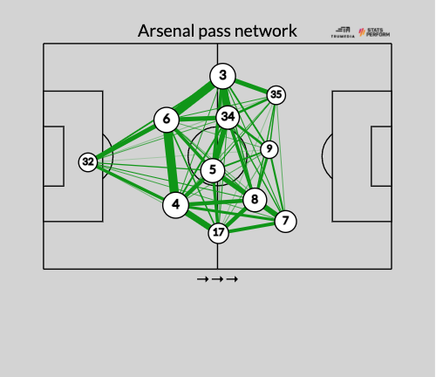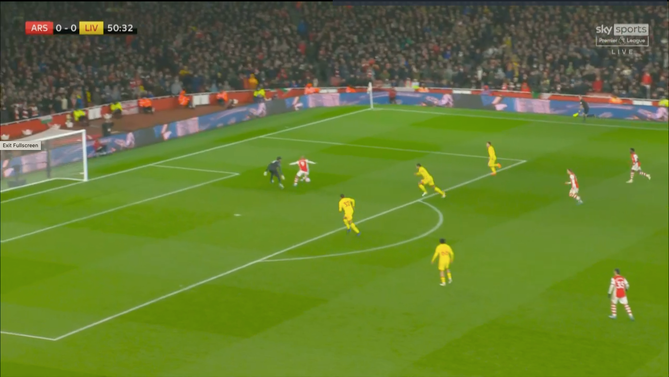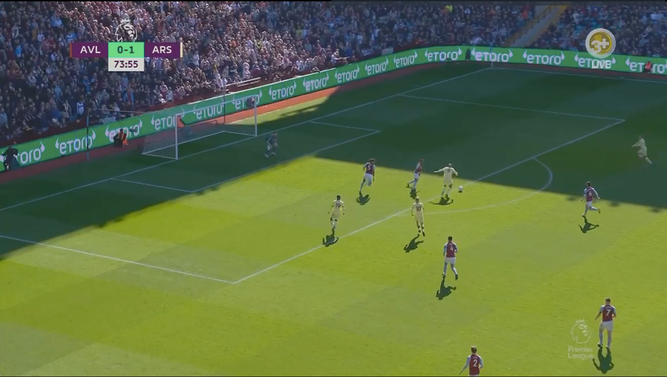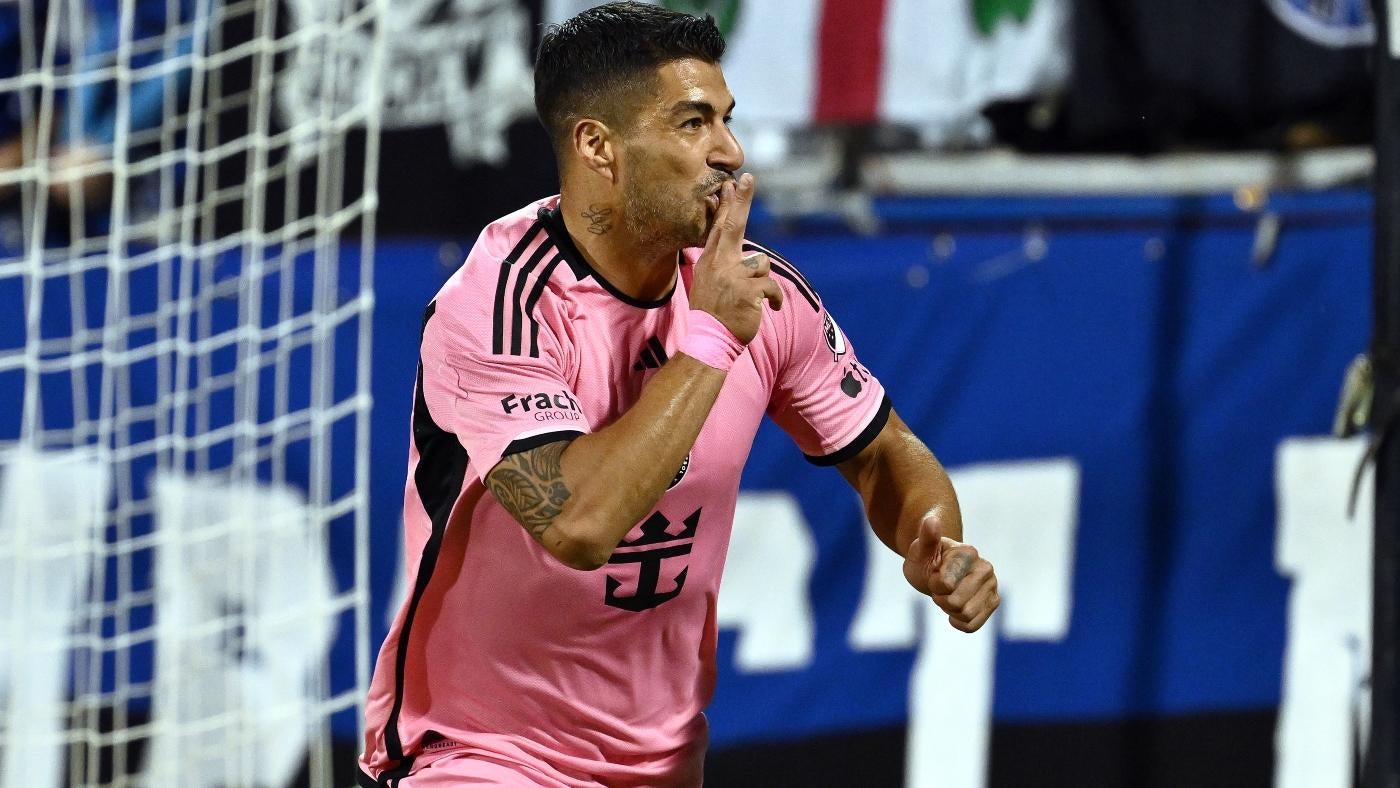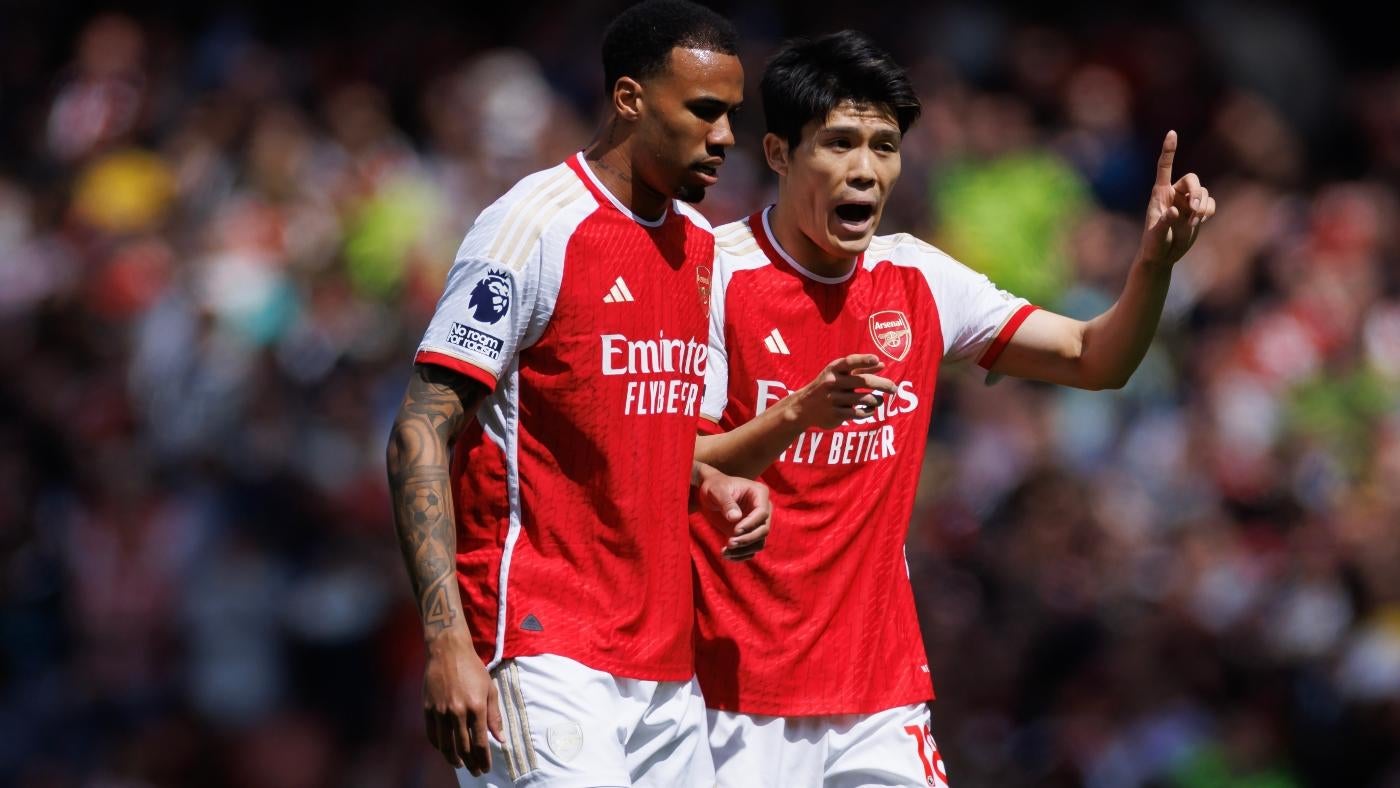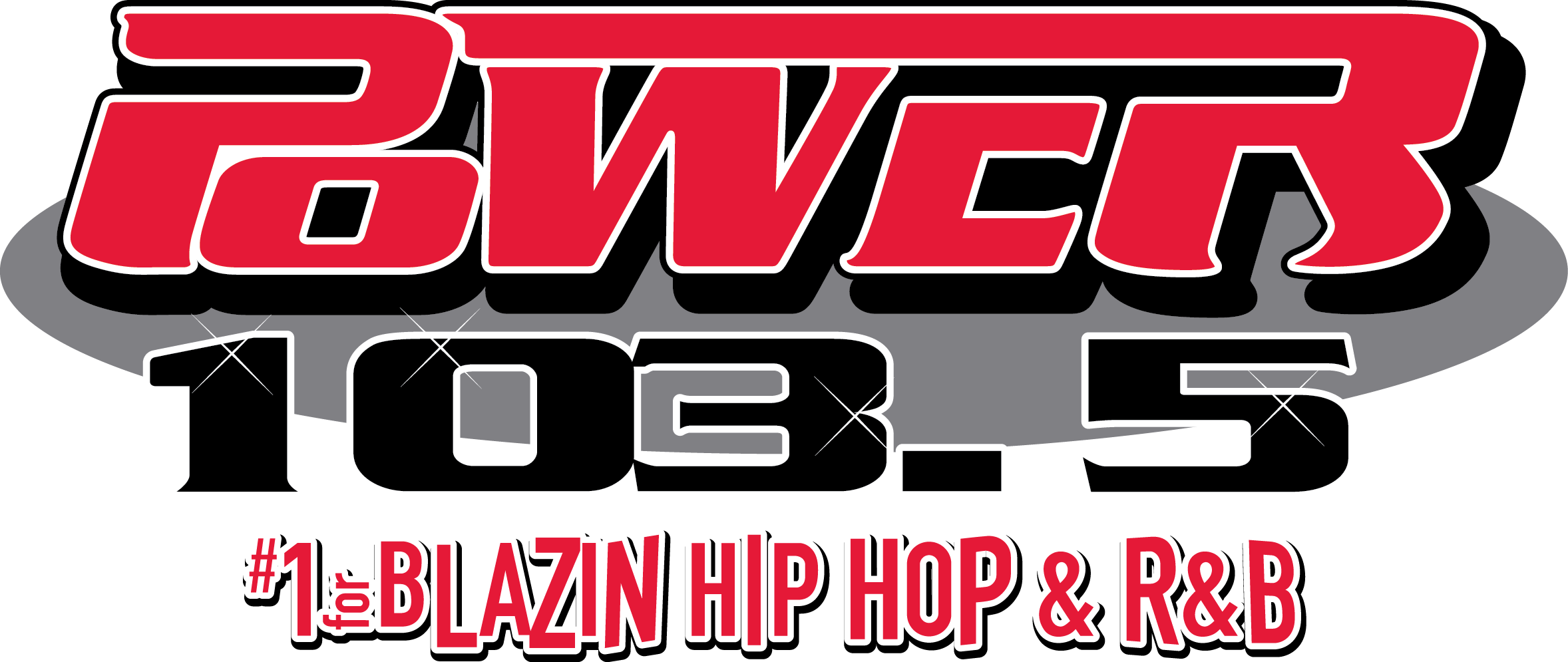How Arsenal have silenced critics to become Premier League top-four favorites and what comes next
Written by ABC Audio All Rights Reserved on March 31, 2022
Back in November, this column asked the question: How real was the Arsenal rise? Our answer at the time was skeptical, not entirely discounting the idea that Mikel Arteta’s side might be the fourth-best team in England, but noting some very real questions that they had not answered while others had.
This was not a lone voice. As former captain Cesc Fabregas said at the time: “I don’t think people demand top four at the moment. I think the fans are realistic.” Four months ago, that seemed a realistic assessment. A top-four finish was not impossible and would be the most welcome of surprises. Now, Arsenal supporters expect it. If the end of the season does not end in the fashion that they hope for, there will still be much cause for encouragement over this campaign — one which most viewed as a rebuilding season after two straight eighth placed finishes — but this will feel like an opportunity lost for some.
Not all, it should be noted, and Ian Wright would counsel supporters to remember what was expected of their club at the start of the season. “The culture change that Mikel Arteta has tried to make happen at the club is happening now,” he said on CBS Sports’ Que Golazo podcast. “All we need now is consistency from the guys. I thought sixth place would have been perfect for us.
“If we finished fourth, we’d have overachieved but then that might help us get more money from the owner to buy even more players, more experienced players, so we can stay amongst [the best teams]. You don’t want to get around the top four and next season you’re back in and around seventh and eighth. You want to stay there. That’s what Mikel wants to do.
“At the start of the season, no one would have said we were in for top four, especially as the season before we finished eighth consecutively. How are we going to go from eighth to fourth? If we go from eighth to sixth and back into Europe, that is not too much for that team to be trying to do. Arsenal have got a great opportunity of staying in there.”
Arsenal are now in the driver’s seat for the top-four finish that would take this club back to the promised land of Champions League football after six years in exile. To some extent, the Gunners have profited from the instability at Manchester United and Tottenham but this does not look like being a year when fourth is claimed by the least-worst option. FiveThirtyEight, who give them a 67 percent chance of claiming fourth, predict Arsenal will end the season on 71 points and that a Spurs side that have improved significantly under Antonio Conte will get 67. The latter tally would have been good for third in each of the last two seasons. If the Gunners get 71, it will be their best return since the penultimate season of the Arsene Wenger era, when 75 was somehow not enough for top four.
In pure points terms, this Arsenal side have got very good, very quickly, all the more so considering the 54 they have now, three more than Spurs with a game in hand, has been accrued over 25 games after their disastrous start to the season.
What changed?
Happily, there is a clear and dramatic inflection point that makes it far easier for us to understand when and why Arsenal became a top-four contender. This season has already come to be delineated along the lines of pre and post-Pierre-Emerick Aubameyang. On Dec. 11, Arteta dropped his club captain ahead of a 3-0 win over Southampton. He would not play another minute for the club who had signed him to the most generous contract in the squad scarcely a year earlier. The following month he was sold to Barcelona. Despite much skepticism, it would appear this is a move that has worked for all parties.
It is no secret that Arsenal got better without Aubameyang in the team, though the extent of their improvement has perhaps been underplayed. In those first 15 games of the season, they won seven, drew two and lost six with a goal difference of minus four. Since then, they have reeled off 10 wins and just two losses from 13 games, scoring 26 goals and conceding only nine times.
Their expected goals return (xG) has risen dramatically without a player who had been one of Europe’s best shot finders in recent years, Arsenal now average 2.2 xG per game without their former captain and are taking three more shots per game. None of which to say that Aubameyang is a bad player. His performances at Barcelona disprove any such suggestion. What he was was an awkward fit for Arsenal.
That is curious when Arteta pushed so hard for Aubameyang to stay in the summer of 2020, effectively convincing the forward to sign a new deal when Champions League clubs in Inter Milan coveted him. Sources close to the player bemoaned Arsenal’s inability to find a consistent position for him. Even before, the current manager’s appointment technical staff at the Emirates Stadium believed he would be well suited to an inside forward role, but as his form and those around him waxed and waned so he kept moving around, a winger one month and a lone forward the next.
In that latter role, Aubameyang was at his best when Arsenal were a full tempo team, fizzing through the opposition with direct, sweeping attacks. But that was not Arteta’s vision for this team’s development: he craves control. In this new system, he has that.
Changes made without Aubameyang
|
Games |
15 |
13 |
|
Goals scored |
18 |
26 |
|
Goals conceded |
22 |
9 |
| Shots per game | 14 | 16.8 |
|
Expected goals per game |
1.5 |
2.2 |
|
Expected goals against per game |
0.9 |
0.5 |
|
Touches in attacking third per game |
162.2 |
185.7 |
|
Direct speed (metres per second ball is advanced to goal) |
1.3 |
1.17 |
|
Sequences starting in attacking third per game |
30 |
39.5 |
Since swapping out Aubameyang for Alexandre Lacazette on that Saturday in December, Arsenal average more than 20 extra touches in the final third per game. According to Opta metrics, an average sequence of possession for the Gunners involves more passes, more players and more time.
They dominate territory in a way they rarely have over recent years. A rolling average of the last 10 Premier League games has them averaging 60 more touches in the attacking third compared to their opponent. In recent games, that number has stretched into the 70s, even against Liverpool they had more of the ball in the most dangerous parts of the pitch.
Should the opposition get the ball back, they might not have it for long. Since Dec. 11, only Manchester City, Liverpool and Brighton have averaged more attacking sequences starting in the final third than Arteta’s side. Arsenal do not press with great ferocity, in a fashion similar to their possession play, they will look to control space. Martin Odegaard and Alexandre Lacazette are just as likely to block passing lanes as chase the ball
When Arsenal’s game clicks, it is a vision. Take the steady grind that resulted in Odegaard’s opening goal in a 3-2 win over Watford at the start of March. After some head tennis in the hosts’ half, the Gunners get hold of the ball and apply the chokehold, refusing to let even a throw in slow their momentum. Every outfield player is in the Hornets’ half by the time Ben White accelerates the move with a pass into space for Cedric Soares.
From there, the goal comes together in a flash, Bukayo Saka and Martin Odegaard combining in dreamy fashion for a classically Arsenal goal, elegance in tight spaces after compressing the game to where they want to be. This is a team that reflects the manifesto Arteta laid out in 2014 to the Arsenal magazine. I cannot have a concept of football where everything is based on the opposition. “We have to dictate the game, we have to be the ones taking the initiative, and we have to entertain the people coming to watch us,” he said. “I’m 100 percent convinced of those things.”
The Partey starter
At the center of Arsenal’s revival has been the figure of Thomas Partey. That was always Arteta’s plan, it just took a little longer to reach fruition than he might have hoped. Signed from Atletico Madrid for $55 million (paid in one lump sum, a rarity in the modern game brought about by his release clause), the Ghanaian rated his career at 4/10 before that Southampton game. Few would have argued with that assessment, there had been good moments in the preceding months but the immediate impact that the club had been expecting had not arrived.
Behind the scenes, however, Partey was determined to change things. According to training ground sources, the 28-year-old began undertaking additional sessions of his own accord in December, working to strengthen muscles that had broken down all too often in his first season at the club.
After a tough start to life at Arsenal and in London, he has begun to settle in the British capital; those who know him well speak about how finding a Ghanaian community of his own in his new home has made him feel more at ease. He has similarly found a new role at London Colney, where he has become an increasingly vocal presence in the dressing room. In a squad defined by its youthful enthusiasm, Partey is one of the few players who has seen it all, including deep runs in the Champions League and a Europa League win.
That experience shows on the pitch, where he might just function as a one-man midfield since Arteta has pivoted to a 4-3-3 with Partey at its base. Only the defenders average more touches per game than the Ghanaian, who makes more progressive passes and more progressive carries than he did earlier in the season. That gym work pays off in the midfield duels as players seem to bounce off Partey.
It has been the most well-worn of tropes that since the minute Patrick Vieira left Arsenal have looked like they needed to find his successor. That is infinitely easier said than done, midfielders that blend power, guile and composure like the Invincibles captain do not come along often. But Partey is at least a decent approximation. Not for nothing did Gilberto Silva say in January that Partey reminded him of Vieira, his former midfield partner.
Single points of failure
It is all very rosy so far, the question might be what happens if you take a cog out of this largely effective machine. Partey is the most obvious example of that, the cornerstone in the bridge between defense and attack. Though Rob Holding has proven himself to be quite the closer late in games, Arteta would surely worry if Ben White or Gabriel were stripped from his excellent, underappreciated defensive line.
If any statistic reflects their new found rigidity, it is their league best tally of 185 occasions on which they have been dribbled past. The next best in the league is Manchester City on 234. In nearly 2,000 minutes, only four players have dribbled past Kieran Tierney. Though his attacking production is not what it was last season, he is another that falls in the category of players Arsenal could not do without.
Scarcely a year after being so oversized that internationals were being cast out because there simply was not room for them in the squads, the core of Arteta’s squad is now perhaps as few as the 12 players who have played over 1,000 league minutes this season.
If anyone is vying with Partey for the position of most critical player, it might just be Lacazette, not least because since Aubameyang’s departure it is just he and Eddie Nketiah who make up the strike force.
The Frenchman’s Arsenal career, which may yet end in the summer with the expiry of his contract, has been nothing if not intriguing. Signed as the No. 9 Wenger’s side had needed for so many years, his reign as undisputed talismanic striker lasted six months before a panicking hierarchy turned to Aubameyang. Since then the Frenchman has redefined himself as something of a point forward, the facilitator around whom his teammates can flourish. Since Dec. 11, no one in the Premier League matches Lacazette’s seven assists.
But it has been more than three months since the Frenchman scored from open play. For now, his teammates are shouldering the scoring burden but, as Wright explains, it would not take much for the goals to dry up. “He has got people going beyond him, people like Odegaard getting into the box, Saka and Smith Rowe coming from the wings inverted,” said Arsenal’s second-highest scorer ever. “When he comes deep, they go round behind so Odegaard can slip them in. When he comes deep, there are runners beyond him.
“The only thing that worries me is if those guys stop scoring where’s the goals coming from? People are going to soon identify that if we can stop the runners, stop Saka and Smith Rowe coming inside then we’re going to have a problem because we haven’t got many goals from other places.
“That’s the thing with Lacazette. You just want him to nick a couple more goals. We need our striker to get at least 10-12 Premier League goals. We need that from someone. As great as he is doing with the link-up play, we need more goals from him.”
He should get more and it may be that in this final run in Lacazette’s goal return regresses toward the mean. After all, he averages 0.4 expected goals (xG) per 90 minutes from open play since getting the captain’s armband and the starting spot against Southampton. He has scored 0.08 goals from open play per 90. The chances are there for him.
There is, however, something particularly curious about Lacazette that analytics cannot capture. Put him anywhere but in a scoring position and he can be relied upon to make the right decision. But when he gets near the goal, something baffling happens. Put him in a position like this and he will not try to round Alisson, but instead do his all-too-familiar trick of putting his back to goal and trying to tee up a runner.
Then here, with Odegaard steaming into the acres of empty space on the right flank, he fires a shot straight into an Aston Villa defender.
These sorts of moments make for a stark contrast to Harry Kane, whose form in recent weeks has dragged Tottenham into what looks like being a straight fight in north London for fourth. Much like Lacazette, Spurs’ center forward has developed the tools to create for others, to drop deep and link play and to be a focal point for runners beyond. The difference is that gives both a chance and you can be certain Kane will tuck it away.
What comes next?
Little wonder that Arsenal’s chief priority going into the summer window will be securing the striker they could not find in January. Jonathan David of Lille, Everton’s Dominic Calvert-Lewin and Alexander Isak of Real Sociedad are three in whom they have long held an interest. Meanwhile, sources have told CBS Sports that they have also been undertaking extensive scouting of Napoli’s Victor Osimhen and Lautaro Martinez at Inter Milan.
Arsenal’s criteria are extensive, the player they want is not easy to find. They would want a striker with extensive experience at the highest level yet who fits in with the age profile of the current youthful squad. Though the Gunners took several calculated (and successful) risks in their signings last summer on players for whom they were a sizeable step up, they are acutely aware that there will be less room to gamble on potential, that to take the leap to challenging at the top of the table they need consistent scorers.
Little wonder then that there is one criterion at the top of Arteta’s list. “He puts the ball in the net, that’s priority number one.” This signing could be the one to make Arsenal pop, it is little wonder those close to the club keep a closely guarded secret over who they will move for in the summer. The same is true in central midfield, where Youri Tielemans and Ruben Neves are much admired for their Premier League experience.
It is of course paramount to that strengthening exercise that they secure fourth place, offering their targets Champions League football. Canada international David, for instance, is keen to test himself at the highest level once more after an impressive debut campaign with Lille. The reputation of Arsenal and the progress made by this young side can assuage many doubts, but building the squad would be easier with the carrot of playing in club football’s top competition.
The same is true when it comes to keeping the players they have. Plans are already in place to extend Saka’s contract, formal talks are expected to begin after his summer break at the latest. The England international is known to be happy at Arsenal and relishes the critical role Arteta has given him. But if there is any indication he might be tempted away, a host of top clubs would enter the race.
Saka is not the only player over whom Arsenal need to have immediate discussions. The representatives of William Saliba, who has excelled on loan at Marseille, are expected to hold talks with technical director Edu Gaspar before the season is out to ascertain their plans for the new France international heading into the final two years of his contract.
There will also be talks over the future of Lacazette. Arsenal have not discounted the prospect of offering the veteran striker a short-term deal, but his former club Lyon have declared their interest in him. Meanwhile, club sources have indicated to CBS Sports that a new contract is being considered for Gabriel to reward two impressive seasons since he arrived from Lille, though there is plenty to be getting on with before turning to the future of a player whose terms do not expire until 2025.
It says something about the righting of the Arsenal ship that that might even be on their radar. Not so long ago, scarcely a summer went by without some sort of contractual crisis at the Emirates Stadium, whether it be the manager or a player. The former might only have one year left on his deal, but even that does not seem to be an issue of comparable drama to Wenger’s status.
Arteta has brought a sense of ease and unity to Arsenal, one that is being reflected on the pitch in what may end up being a season of surprising progress. For the manager and his players, it might just be the beginning.
